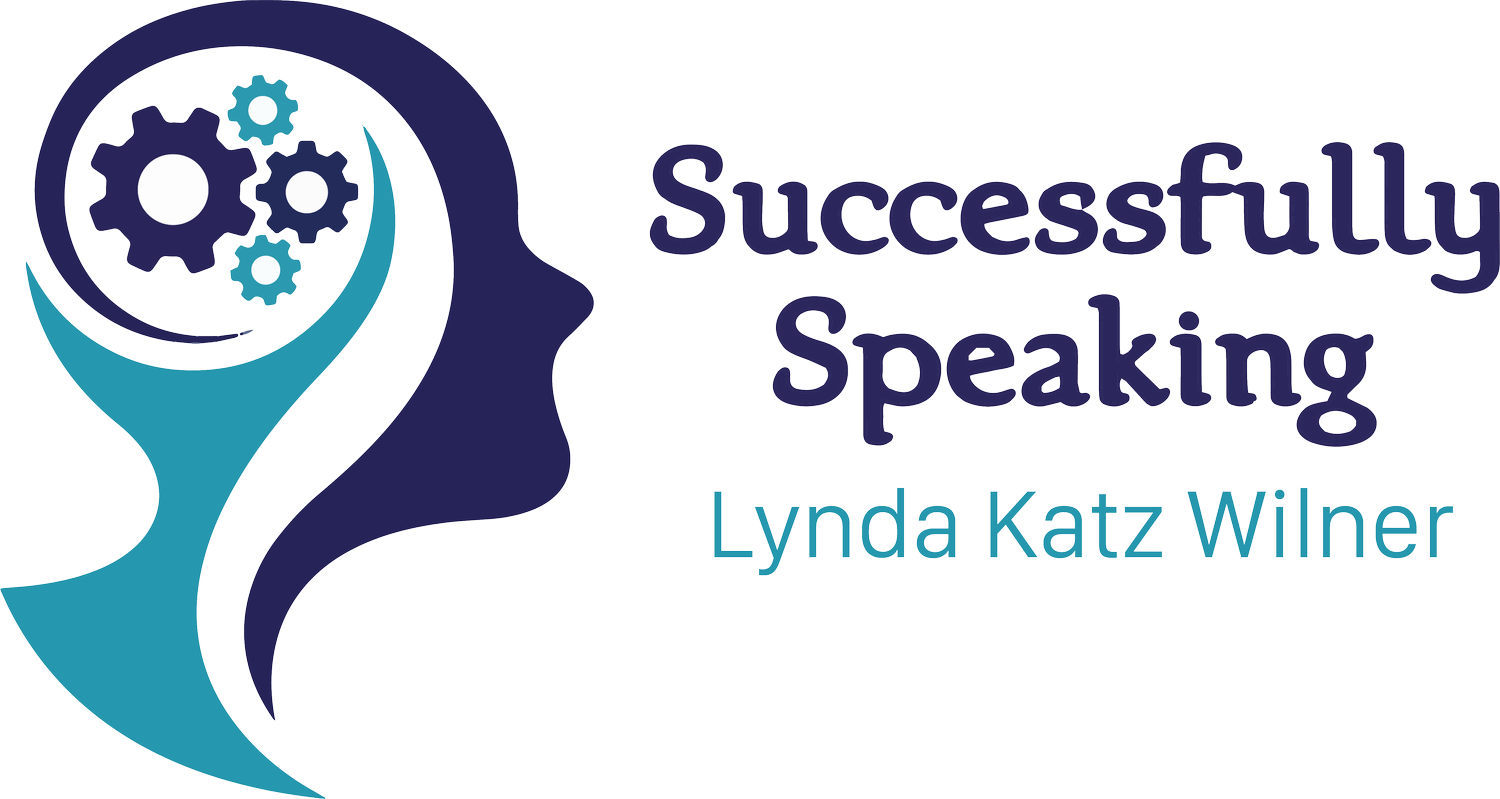Do You Use Active or Empathic Listening?
Do you demonstrate good listening skills? Listening is a critical component of effective communication…whether it is at work, in an interview, with friends, family, or even on a date.
What is the difference between listening and hearing? Hearing is a passive activity. Our ears detect the signals and deliver the sound impulses to our brain. Even if we hear someone, we may not be listening. Listening is a more complex process that requires attention, desire, and interpretation. How often do you hear noise, but ignore it, or hear someone talking, but tune them out?
Active listening is a commonly used term. However, people can fake active listening. I prefer to call it empathic or empathetic listening. This requires selective attention to what is being said as well as observing the non-verbal cues to receive additional information. For example, someone may say they are happy to meet with you but may provide other indications with tone of voice or body language that they may not mean what they say. Step into the person’s story and listen with all your senses. Use my OLE’ Approach of Communication (Observe, Listen, and Engage).
Watch for some non-verbal signals that may convey discrepancies in the message:
Is the person maintaining eye contact?
Does their smile or facial expression match the message they are trying to convey?
Do they appear open to you or are they crossing their arms over their chest or fidgeting nervously?
Is their heart facing you?
Are their feet turned towards you?
Is their tone of voice consistent with their message?
Empathic or empathetic listening not only helps us interpret better but also conveys our sincere involvement with the speaker. In addition, this critical skill helps a conversation flow.
Let’s see 13 ways to show that you are a good listener:
Stop what you are doing to give undivided attention to the speaker. This means putting your phone away, turning off the TV, and not looking at your watch, mail, or computer screen.
Turn off your emotional filters.
Avoid judging your conversation partner.
Maintain eye contact as your partner speaks (but do not stare!)
Smile or give appropriate facial expressions.
Nod to acknowledge verbally that you are following what they say, even if you don’t necessarily agree!
Lean towards the speaker to show interest.
Give vocal feedback, such as “uh-huh,” “hmmm”.
Avoid interrupting or completing the speaker’s sentences.
Paraphrase what they are saying to make sure you understand.
Repeat their last statement to keep the conversation flowing, e.g., “You went to the meeting in Atlanta?”
Ask questions that are related to the topic. A complete topic shift will indicate that you are not paying attention.
Do not hijack the conversation to talk about yourself.
We often focus on becoming good speakers. However, communication involves being a good speaker and listener. How can we improve this? Follow the tips above. Record your end of a telephone conversation. Listen to hear if you are interrupting, offering verbal acknowledgment as you listen (“uh-huh,” “yes,” ”I see,” etc.), or responding appropriately. Excellent communication skills, both listening and speaking, will help us in our social, personal, and professional interactions.
Learn more about training to improve listening skills HERE.

